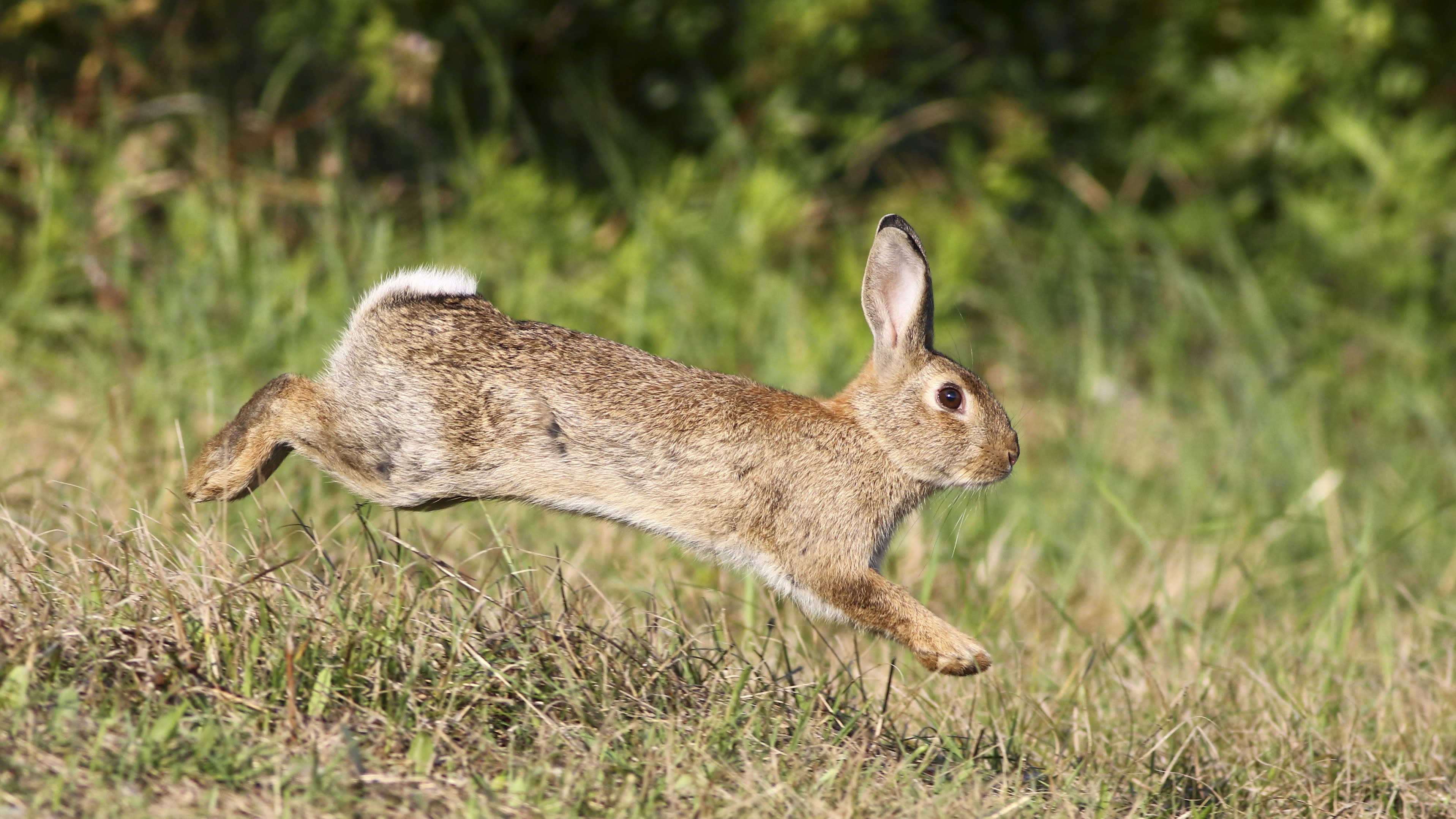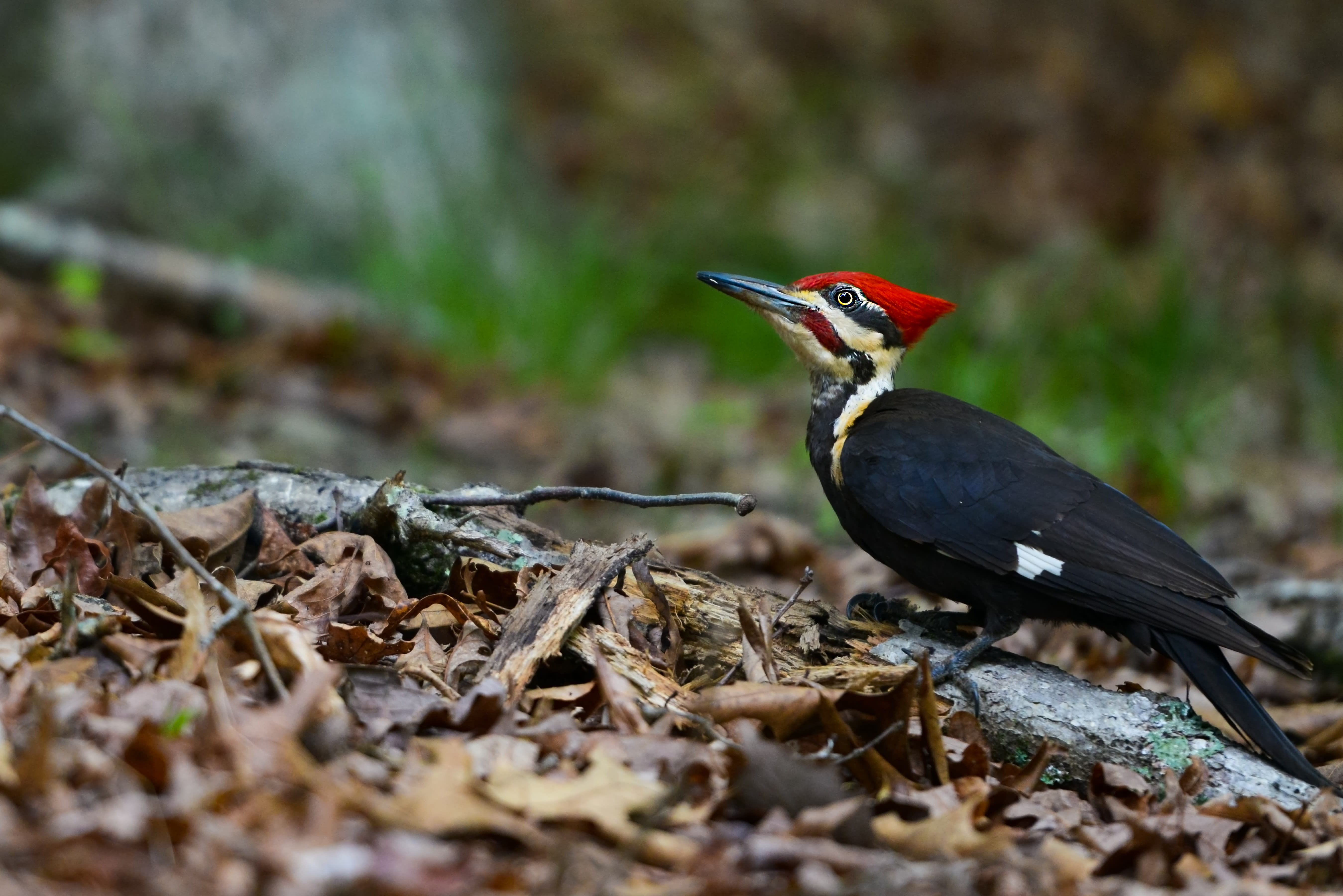




Despite the majority of Americans opposing wildlife killing contests, only 10 states have banned them. And the animal agriculture industry—no stranger to inflicting excessive cruelty—is in favor of this gruesome practice.

The scent of rotting flesh filled the air at the Apex Arena in Wytheville, Virginia. Truck after truck pulled up to the arena, unloading more than 600 lifeless coyotes and foxes. Children played amidst the sea of bloodied animal carcasses covering the dirt floor.
This scene, witnessed by investigators at the Eastern U.S. Predator Calling Championship in 2022, is the result of a wildlife killing contest. Many such contests take place each year across the US and beyond, inflicting needless animal suffering and devastating local ecosystems. Yet, new attitudes and policies usher hope for an end to the senseless brutality of wildlife killing contests.
What are wildlife killing contests?
Wildlife killing contests are events where participants compete to kill the most animals during a specified length of time. Animals commonly targeted by these contests include coyotes, foxes, rabbits, prairie dogs, bobcats, raccoons, squirrels, or even aquatic animals such as cownose rays. When the contests end, participants who kill the most animals often win cash or prizes, and the animals they kill are typically discarded, rather than used for their fur or flesh. Some contests even award prizes for the largest or smallest animal killed, which results in the death of many babies and young animals. Wildlife killing contests take place regularly in the 42 US states where they remain legal.
One undercover investigator at a wildlife killing contest summarized the experience this way: “They bragged about shooting near roads and on land for which they lacked permits, with some competitors failing to retrieve coyotes' dead bodies because they were unwilling to get muddy in the process. Other contestants explained to me they were driven by the specific desire to kill as much as possible, and no participant ever mentioned conservation or respect for wildlife.”
Are wildlife killing contests good for the environment?
Beyond inflicting needless animal cruelty, wildlife killing contests also threaten the fragile balance of the ecosystems humans and other animals rely on for survival. These contests decimate crucial predator and prey populations, offsetting the natural balance of ecosystems.
Wildlife killing contests wreak havoc on the environment, according to Executive Director of Project Coyote Camilla Fox. “These killing contests, which permit unlimited killing, not only impact individual animals, but really disrupt the entire ecological balance, particularly the predator-prey relationships,” Fox says.
When these contests devastate the local populations of certain predator animals, they also eliminate critical controls on the population of rats, mice, and other small animals commonly seen as pests.
Many people believe that wildlife killing contests help to control the population of predator animals, and thus reduce conflicts between predators and humans or animals raised for food. But ecologists indicate that this assumption could not be further from the truth.
Predators successfully regulate their own numbers when left alone, tending to keep their population naturally low. Each family group defends a large territory, and within the group, only the alpha pair breeds, suppressing the reproduction of other family members.
“We would probably have fewer predators on the land if they weren’t hunted than we do if they are hunted. So those who think that they’re solving some problem by killing predators, like lowering the impact they would have on livestock for example, really don’t understand the ecology and the biology of predators,” Wildlife biologist David Parsons says in the documentary Killing Games: Wildlife in the Crosshairs.
Research affirms the theory that killing a predator species en masse may increase the species’ population and thereby increase conflicts with other species. No scientific evidence supports the theory that wildlife killing contests protect farmed animals or reduce conflicts between wildlife and humans.
Are wildlife killing contests legal?
In recent years, wildlife killing contests have faced widespread public scrutiny for their wanton cruelty. In response, ten states—Arizona, California, Colorado, Maryland, Massachusetts, New Mexico, New York, Oregon, Vermont, and Washington—have banned wildlife killing contests.
“We feel that wildlife killing contests are an anachronism. They are antiquated and they’re inconsistent with our understanding of the role of predators and other species in ecosystems today,” former President of the California Fish and Game Commission Michael Sutton says.
Currently, many killing contests take place on federal lands. In May of 2024, 16 House representatives introduced legislation that would outlaw wildlife killing contests on US public lands, consisting of more than 500 million acres. Congress will soon decide whether these contests can continue on federal property.
“Wildlife killing contests have absolutely no place in our country, including on our public lands,” says Katie Stennes, Senior Program Manager for Wildlife Protection at the Humane Society of the United States. “These ‘cash for wildlife’ competitions, where native species are targeted, killed and then piled up for photos and bragging rights, is unacceptable. These animals should be respected for their intrinsic value and their key role in healthy ecosystems.”
Who supports wildlife killing contests?
More than 80% of Americans oppose wildlife killing contests, according to polls by Remington Research Firm. With such strong opposition, many people wonder who lobbies in defense of this blood sport. The answer? People who profit from raising animals for food.
“It’s often the ag industry that is promoting these as a necessary tool to reduce conflicts between livestock and predators,” Camilla Fox says.
Since wildlife biologists have debunked the theory that wildlife killing contests reduce predator populations in the long-term, it’s unclear why the animal agriculture industry would continue to champion these killing games. One reason may be that industry employees often become desensitized to violence towards animals.
While it may seem surprising that any group could support such senseless animal cruelty, many people working in animal agriculture witness exhaustive animal suffering in factory farms. The scenes of a wildlife killing contest are not altogether different from those of a factory farm. One undercover investigator at a wildlife killing contest observed: “Watching truck after truck backing into the weigh station, and coyote after coyote, dripping with blood, being weighed—it was like a factory assembly line.”
While wildlife killing contests inflict needless suffering on animals for the sake of entertainment, factory farming subjects animals to short and unnatural lives of extreme confinement solely to maximize profits in the food industry. Wildlife killing contests and factory farming both contribute to a disconnect between humans and the natural world by positioning animals as unfeeling resources—rather than sentient beings deserving of compassion.
Creating a compassionate future for all animals
Wildlife killing contests inflict profound suffering on animals and destabilize ecosystems. Despite their proponents' claims, these contests neither reduce conflicts between predators and other animals, nor contribute to conservation efforts. Instead, they perpetuate a cycle of violence and ecological imbalance.
Increasing legislative actions to ban wildlife killing contests across the country reflect a societal shift towards recognizing the intrinsic value of all animals. Each species plays a crucial role in the fragile web of life on Earth, and each species represents a diverse group of individuals who think, feel, and want to live. By ending wildlife killing contests, and other forms of violence against animals, we can create a more humane and sustainable future.





